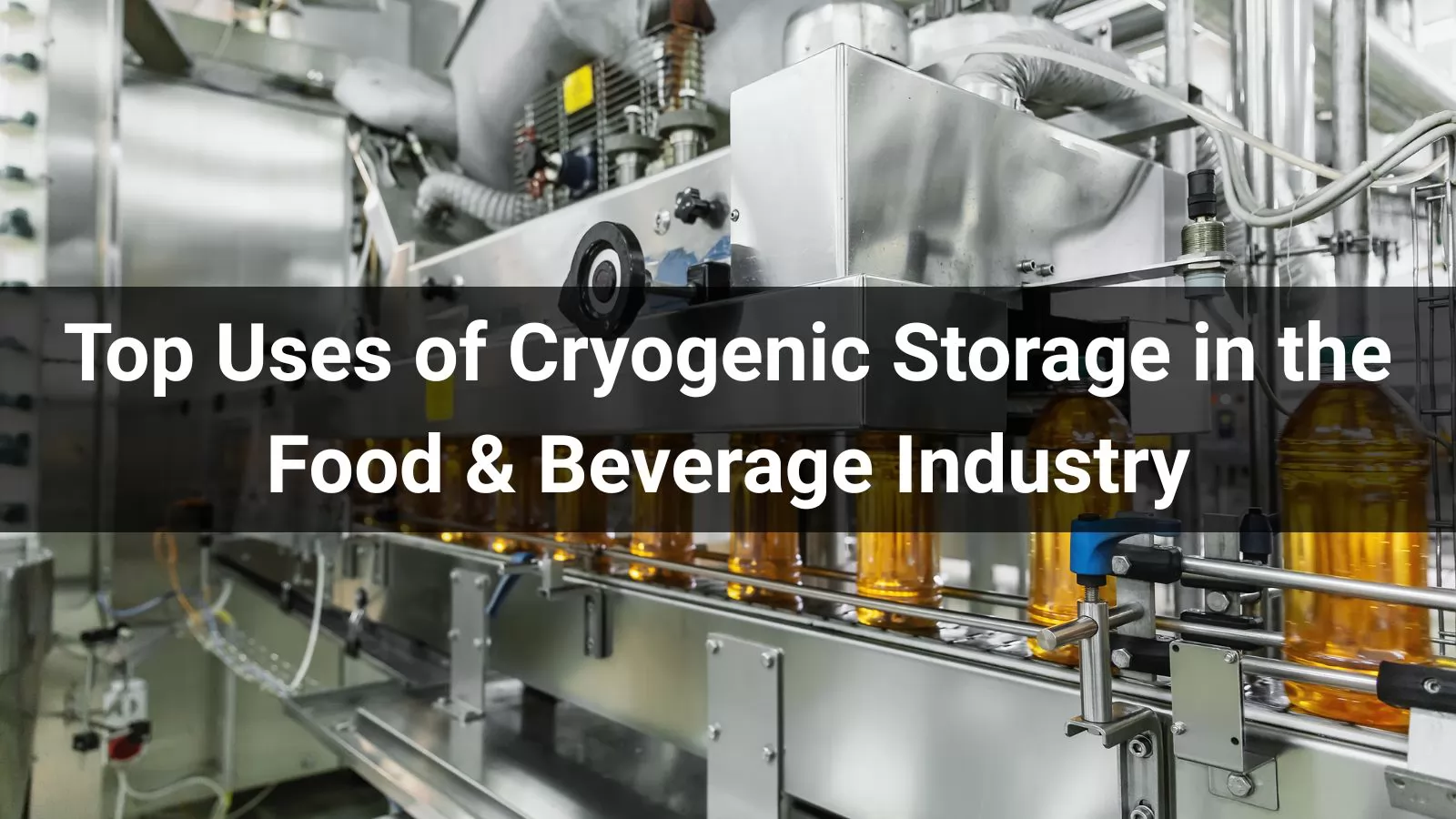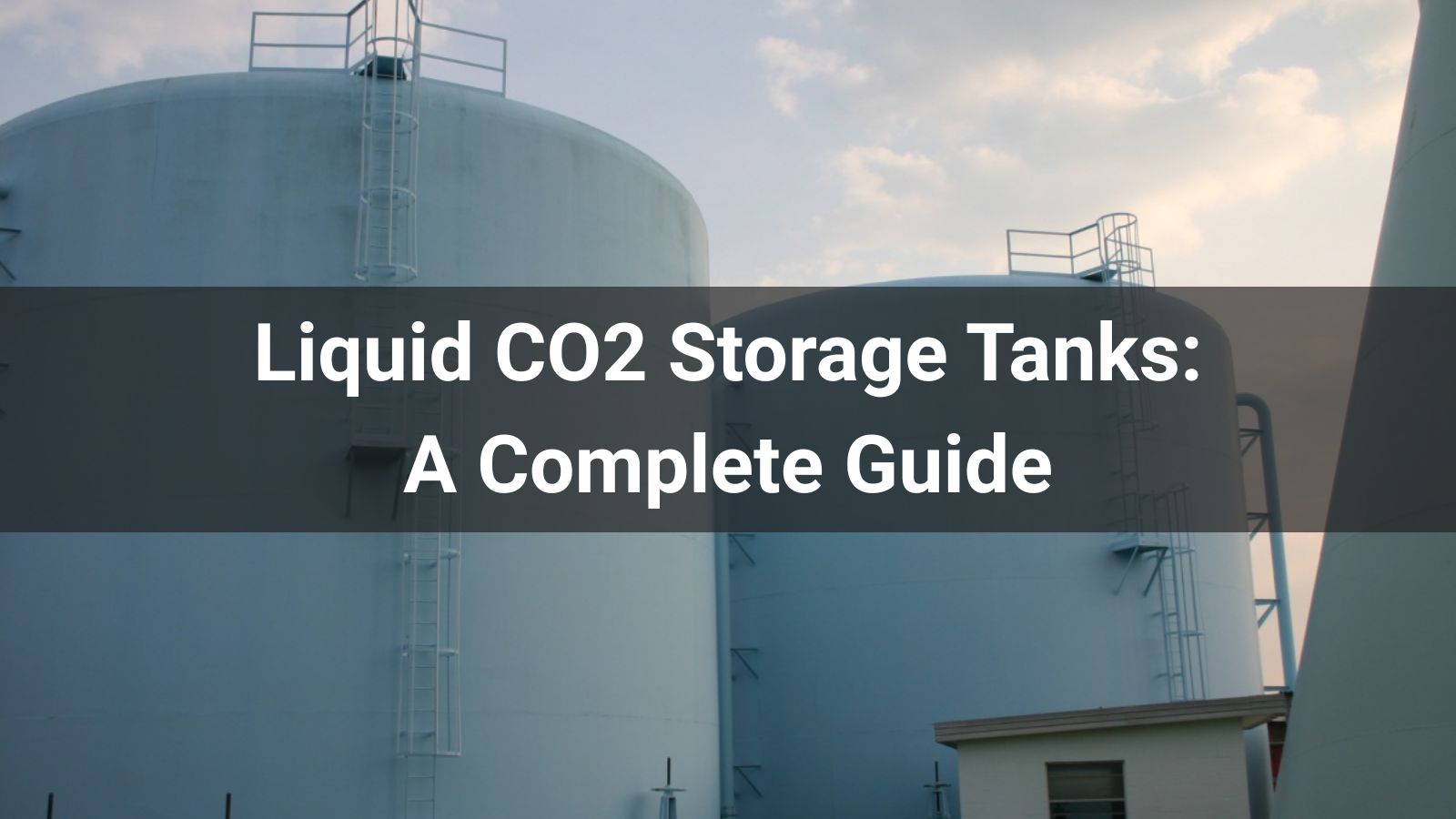






As the global demand for freshness, food safety, and extended shelf life continues to rise, cryogenic technology has emerged as a game-changer in the food and beverage industry. Cryogenic storage — particularly involving liquid nitrogen (LN₂) and liquid CO₂ — is no longer reserved for scientific labs or industrial gas; it’s now a core enabler of innovation in food processing, packaging, and logistics.
In this article, we explore the most impactful applications of cryogenic storage across the food and beverage value chain — and how Cryo-Tech supports these use cases with engineered solutions.
One of the most common and high-impact applications is cryogenic flash freezing. Using liquid nitrogen, food items are frozen in seconds — reducing ice crystal formation and preserving cellular structure. This is especially important for seafood, fruits, ready-to-eat meals, and premium meats where texture and taste are critical.
Liquid nitrogen and CO₂ are widely used in modified atmosphere packaging (MAP) to displace oxygen and prevent oxidation, mold growth, or spoilage. This “inerting” technique extends the shelf life of packaged snacks, coffee, dairy, and baked goods.
By maintaining low-oxygen environments inside packaging lines or storage tanks, food processors ensure that product integrity is preserved — even without preservatives.
Cryogenic CO₂ plays a critical role in the controlled carbonation of soft drinks, sparkling water, and alcoholic beverages. Unlike mechanical carbonation, cryogenic CO₂ allows for consistent bubble size, better mouthfeel, and long-term fizziness.
In addition, cold storage with cryogenic support improves product stability and reduces microbiological activity before final bottling.
Maintaining a consistent cold chain is essential for frozen and perishable products. Cryogenic tanks and cylinders are used in food transport vehicles, distribution centers, and last-mile delivery systems to provide ultra-low temperatures without relying solely on mechanical refrigeration.
These systems are especially valuable in areas with unreliable electricity or long-distance shipping routes.
Beyond cooling and preservation, cryogenic storage environments help reduce microbial load on food surfaces. For example, super-cooled LN₂ environments are used in the processing of leafy greens, poultry, and dairy components to reduce bacterial proliferation.
Cryogenic systems also allow for minimal contact environments, reducing the chance of cross-contamination during packaging and processing.
As a global manufacturer of cryogenic equipment, Cryo-Tech delivers custom-engineered solutions tailored to the unique needs of food and beverage processors. From liquid nitrogen storage tanks and CO₂ ISO tanks to high-efficiency cryogenic pumps and trailers, Cryo-Tech ensures seamless cold chain performance and product integrity.
Need a cryogenic solution for food manufacturing? Contact Cryo-Tech today to discuss how we can support your cold chain and production goals.
Cryogenic storage is no longer an emerging technology — it’s a standard across modern food and beverage manufacturing. Whether you’re looking to extend shelf life, improve product quality, or enhance food safety, cryogenic systems offer unmatched precision and efficiency. With its commitment to innovation, quality, and custom design, Cryo-Tech is helping food companies worldwide transform how freshness is delivered.

![Top 10 Cryogenic Companies in USA[2025 Updated]](/statics/images/right.png)
![Top 10 Cryogenic Companies in USA[2025 Updated]](/uploads/202508/bannerlist_1756363009_WNo_800d450.jpg)


![Top 10 LNG Tank Manufacturers Worldwide[2025 Updated]](/statics/images/right.png)
![Top 10 LNG Tank Manufacturers Worldwide[2025 Updated]](/uploads/202506/CryoTech-banner-1-_1750490922_WNo_800d450.jpg)

